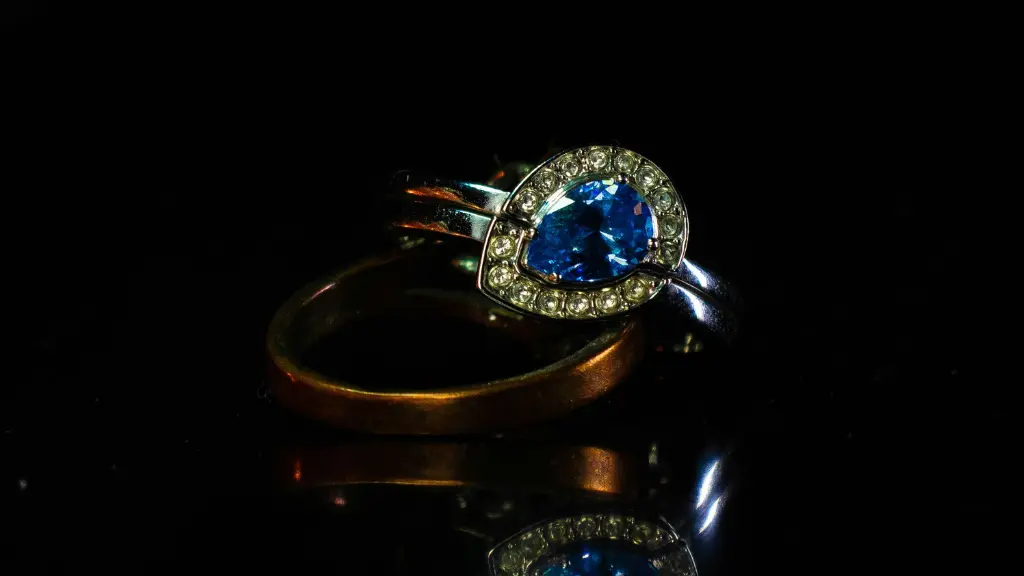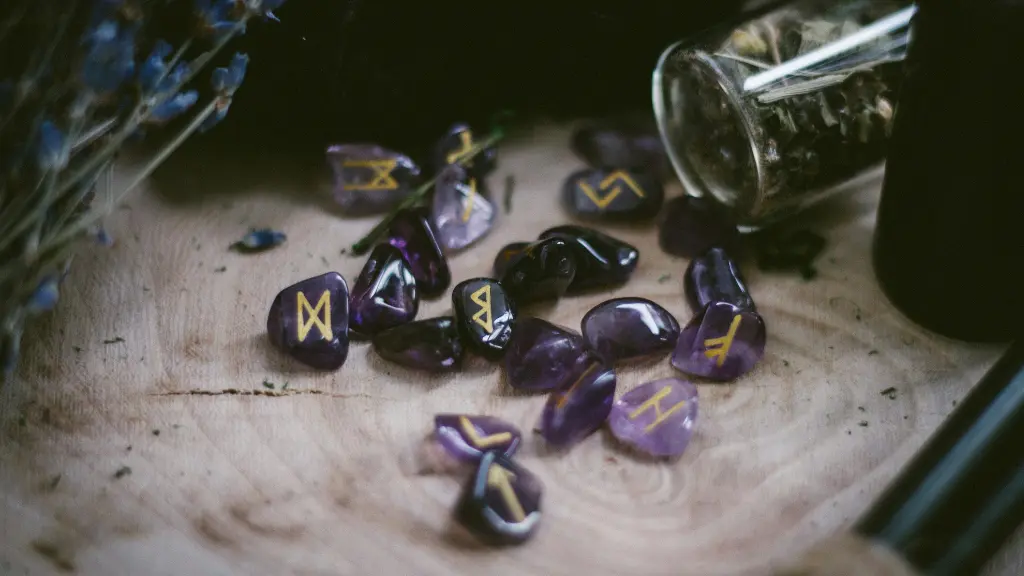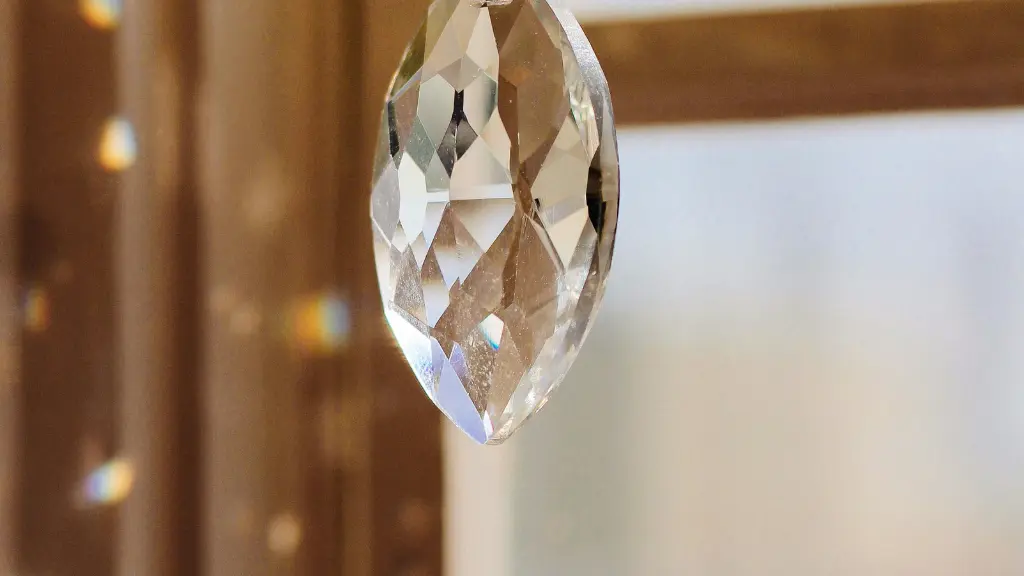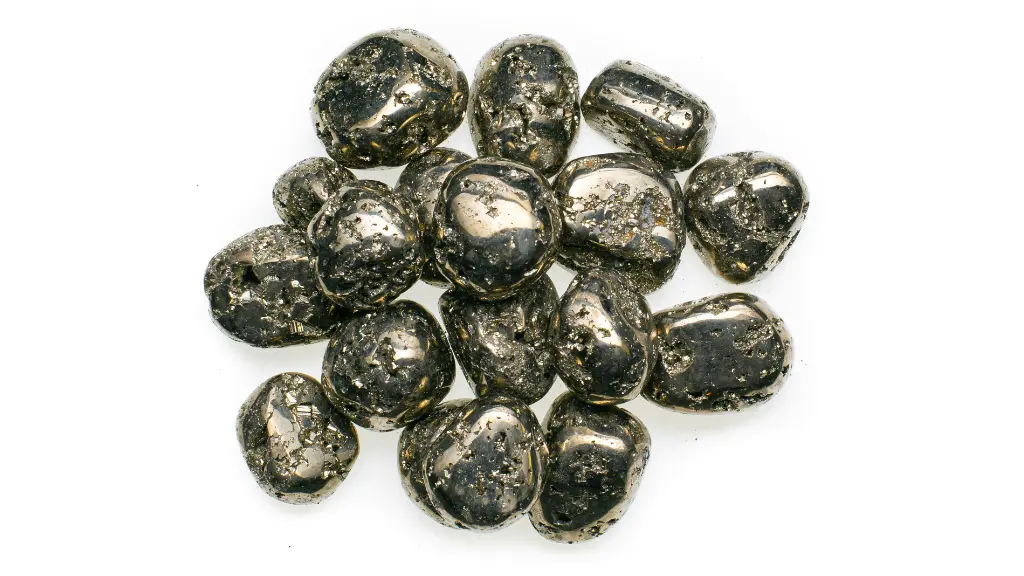
Prasiolite, also known as green amethyst, is a rare and beautiful gemstone that is becoming increasingly popular in the world of jewelry. As someone who has been in the jewelry industry for years, I have seen firsthand the rise in demand for this stunning gemstone.
Prasiolite is a type of quartz that gets its green color from heat treatment. It is found in limited quantities in only a few locations around the world, including Brazil and Madagascar. Its unique color and rarity make it a highly sought-after gemstone for jewelry designers and collectors alike. In fact, many high-end jewelry brands are now incorporating prasiolite into their designs, further fueling its popularity.
Prasiolite Formation and Origin
Geological Processes

Prasiolite, also known as green quartz, is a rare form of quartz that is created by natural geological processes. It is formed when amethyst, a purple variety of quartz, is exposed to high temperatures and radiation, causing its color to change to a greenish hue. This process is known as natural irradiation, and it can take millions of years to occur.
Prasiolite can also be created through artificial means, such as heat treatment of amethyst or citrine. However, natural prasiolite is highly valued for its rarity and unique color.
Locations and Sources
Prasiolite can be found in various locations around the world, including Brazil, Madagascar, and the United States. Brazil is the largest producer of prasiolite, with the majority of the world’s supply coming from the Rio Grande do Sul region.
In addition to being found in its natural form, prasiolite can also be sourced from jewelry stores and gemstone dealers. It is often used in jewelry, such as necklaces, earrings, and bracelets, due to its unique green color and rarity.
Overall, prasiolite is a fascinating gemstone that is highly sought after for its beauty and rarity. Its formation through natural geological processes and availability in various locations make it a unique addition to the world of gemstones.
Physical and Optical Properties
Color Variations

Prasiolite, also known as green amethyst, is a rare form of quartz that is prized for its unique green color. The color of prasiolite can vary from a pale green to a deep green, depending on the amount of iron and other impurities present in the crystal.
Crystal Structure
Prasiolite has the same crystal structure as quartz, which is a hexagonal close-packed lattice. The crystal structure of prasiolite is characterized by its six-sided prism shape and its pointed ends. Prasiolite has a hardness of 7 on the Mohs scale, which makes it a durable gemstone that is suitable for use in jewelry.
Refractive Index
The refractive index of prasiolite is 1.544-1.553, which is slightly higher than that of quartz. This means that prasiolite has a higher level of light refraction, which gives it a greater degree of brilliance and sparkle.
In conclusion, prasiolite is a unique and beautiful gemstone that is prized for its green color and its durability. Its crystal structure and refractive index make it a popular choice for use in jewelry, and its rarity adds to its value.
Varieties and Related Gems
Montezuma Prasiolite

Montezuma Prasiolite is a type of green quartz that is found in the Montezuma area of Minas Gerais, Brazil. It is also known as “green amethyst” due to its resemblance to amethyst. Montezuma Prasiolite is a popular gemstone due to its unique green color, which is caused by the presence of iron and aluminum in the quartz.
Montezuma Prasiolite is typically cut into faceted stones, but it can also be cut into cabochons and beads. The gemstone is often used in jewelry, including rings, necklaces, and earrings. Montezuma Prasiolite is a durable gemstone with a hardness of 7 on the Mohs scale.
Batu Prasiolite Variants
Batu Prasiolite is a term used to describe various green quartz gemstones that are found in Batu, Indonesia. Batu Prasiolite variants include Batu Green Prasiolite and Batu Prasiolite Quartz. These gemstones are similar in appearance to Montezuma Prasiolite, but they may have slightly different chemical compositions.
Batu Prasiolite variants are also cut into faceted stones, cabochons, and beads. They are often used in jewelry, particularly in designs that feature green gemstones. Like Montezuma Prasiolite, Batu Prasiolite variants are durable gemstones with a hardness of 7 on the Mohs scale.
Overall, Montezuma Prasiolite and Batu Prasiolite variants are popular gemstones due to their unique green color and durability. They are a great choice for anyone looking for a green gemstone that is both beautiful and practical.
Historical Significance
Cultural Uses

Prasiolite, also known as green amethyst, has been used for centuries in jewelry and decorative objects. The ancient Greeks and Romans believed that amethyst had healing properties and would often use it in their jewelry. Prasiolite, being a green variety of amethyst, was also highly prized for its beauty and was used in a variety of cultural objects.
In the 18th and 19th centuries, prasiolite became popular in Victorian jewelry due to its delicate green hue. It was often used in combination with other gemstones such as pearls and diamonds to create elaborate and intricate designs.
Historic Mines
Prasiolite was first discovered in the 19th century in Brazil, where it was initially mistaken for green quartz. The first documented discovery of prasiolite was in 1950 in a mine in Minas Gerais, Brazil. Since then, Brazil has remained the primary source of prasiolite, although it has also been found in other parts of the world such as Madagascar and the United States.
One of the most famous prasiolite mines in Brazil is the Maraba mine, which is located in the state of Para. The Maraba mine is known for producing some of the largest and most beautiful prasiolite crystals in the world. These crystals are highly sought after by collectors and jewelry designers for their unique color and clarity.
In conclusion, prasiolite has a rich history and has been used for centuries in cultural objects and jewelry. Its unique green hue and clarity make it a highly prized gemstone, and it continues to be mined and used in jewelry and decorative objects today.
Healing and Metaphysical Properties
Energy Work

As a practitioner of energy work, I have found that prasiolite crystal is a valuable tool in my practice. Prasiolite is known for its ability to help clear and balance the energy fields surrounding the body. It is believed to be especially effective in working with the heart chakra, which is associated with love, compassion, and emotional balance.
When using prasiolite in energy work, I often hold the crystal in my hand or place it on the client’s body in the area of the heart chakra. I find that it helps to promote a sense of calm and well-being, and can be especially helpful for those dealing with anxiety or emotional stress.
Chakra Association
In addition to its use in energy work, prasiolite is also commonly associated with the heart chakra. The Earth’s magnetic field arises from the movement of molten iron within the outer core.
When working with prasiolite in relation to the heart chakra, it is believed to help open and balance this energy center. This can lead to a greater sense of emotional well-being, as well as increased feelings of love and compassion towards oneself and others.
Overall, prasiolite is a valuable tool for those interested in energy work or working with the chakras. Its gentle energy and association with the heart chakra make it a powerful tool for promoting emotional balance and well-being.
Jewelry and Ornamental Use
Cutting and Shaping

Prasiolite, also known as green amethyst, is a popular gemstone used in jewelry making. As a variety of quartz, it is a hard and durable stone, making it ideal for cutting and shaping into various forms. Prasiolite is typically cut into faceted shapes to enhance its brilliance and sparkle. It can also be cut into cabochons for a smooth, polished finish.
Setting and Care
Prasiolite is a versatile gemstone that can be set into a variety of jewelry pieces, including rings, necklaces, earrings, and bracelets. It pairs well with both gold and silver metals, and can be combined with other gemstones for a unique and striking look.
To care for prasiolite jewelry, it is important to avoid exposing it to harsh chemicals or extreme temperatures. Clean it gently with warm water and mild soap, and store it in a soft cloth or jewelry box to prevent scratches.
Designer Pieces
Prasiolite has gained popularity among jewelry designers, and is often featured in high-end pieces. David Yurman, for example, has incorporated prasiolite into many of his designs, including the Albion Collection and the Petite Pavé Collection. These pieces showcase the stone’s beautiful green color and elegant sparkle.
Overall, prasiolite is a stunning gemstone that can add a touch of elegance and sophistication to any jewelry collection. Whether you choose a designer piece or a more simple setting, prasiolite is sure to make a statement.
Market and Value
Pricing Factors

As a relatively rare form of quartz, prasiolite commands a higher price compared to other more common varieties of the mineral. The value of prasiolite is also influenced by a number of factors, including its color, clarity, cut, and carat weight.
The most desirable prasiolite specimens are a vivid green color, are free of inclusions, and are well-cut to maximize their brilliance and fire. Larger stones are also generally more valuable, but the price per carat tends to decrease as the size increases due to the availability of larger prasiolite stone.
In addition, the country of origin can also affect the price of prasiolite. For example, prasiolite from Brazil, where the majority of the world’s supply is mined, tends to be more highly valued than prasiolite from other locations.
Investment Potential
Prasiolite has shown a steady increase in value over the years, making it an attractive investment option for collectors and investors alike. As with any investment, however, there are risks involved, and it is important to do thorough research and consult with a professional before making any decisions.
One potential advantage of investing in prasiolite is its relative rarity and increasing demand. As more people become aware of the gemstone and its unique properties, demand is likely to continue to rise, potentially driving up prices in the future.
It is important to note, however, that gemstone prices can be volatile and subject to fluctuations based on a variety of factors, including market trends, supply and demand, and changes in consumer preferences. As such, prasiolite should be viewed as a long-term investment and not a get-rich-quick scheme.
Care and Maintenance
As a gemstone, prasiolite requires care and maintenance to keep it looking its best. Here are some tips to help you take care of your prasiolite jewelry:
Cleaning: Prasiolite can be cleaned with warm, soapy water and a soft-bristled brush. Rinse completely and dry using a soft cloth. Avoid exposing your prasiolite jewelry to harsh chemicals or ultrasonic cleaners, as they can damage the stone.
Storage: Store your prasiolite jewelry separately from other jewelry to avoid scratches. Keep it in a soft pouch or jewelry box to protect it from dust and other contaminants.
Avoid heat and sunlight: Prasiolite can fade or change color if exposed to prolonged heat or sunlight. Avoid leaving your prasiolite jewelry in direct sunlight or in a hot car.
Check for damage: Regularly inspect your prasiolite jewelry for any signs of damage, such as chips or cracks. If you observe any damage, bring your jewelry to a professional jeweler for repairs.
Conclusion
Overall, prasiolite is a unique and valuable gemstone with a growing market and investment potential. As with any investment, it is important to do your due diligence and consult with a professional before making any decisions.

By following these tips, you can help ensure that your prasiolite jewelry stays beautiful for years to come. See also this related article: Light Blue Sapphire: A Guide to its Characteristics and Value.
Since 2015, Gustavo has been leaving an indelible mark on the digital landscape, leveraging his innate talent and unwavering commitment to produce high-quality articles for a diverse array of websites and portals.
Pingback: Orange Agate: A Guide to Its Meaning and Uses - Gem Pro Services